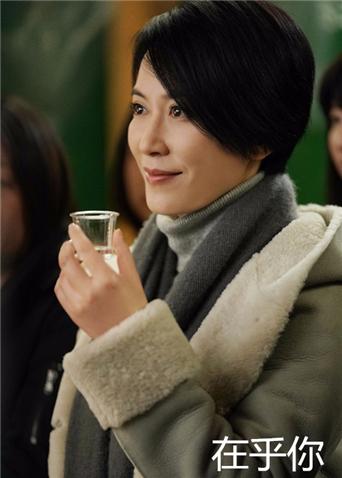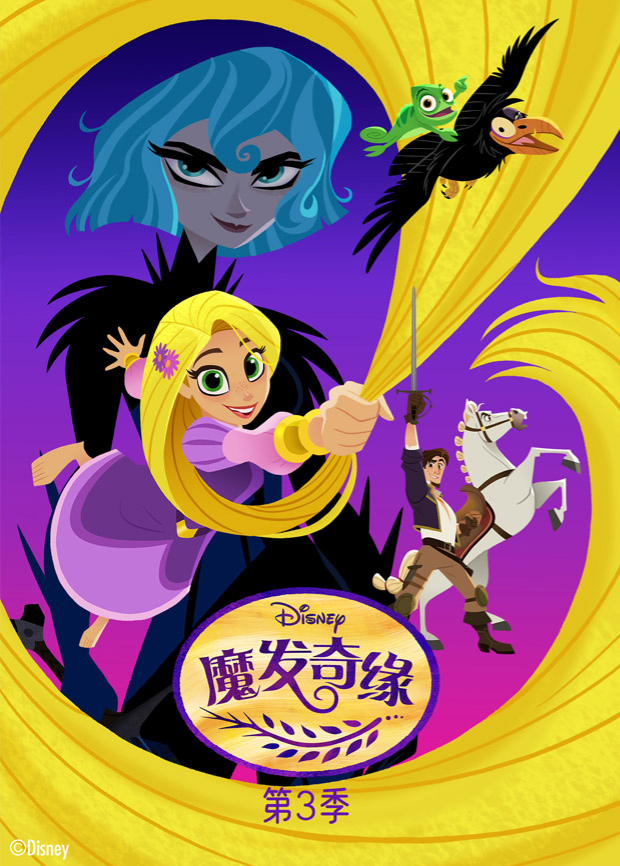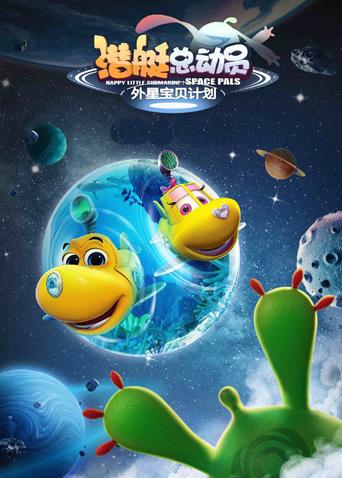 伊藤由奈
伊藤由奈
发表于1分钟前回复 :影片分10个小节讲述自与约翰分手已有30年后,玛丽安隐约感到约翰还需要她,于是她决定到约翰乡下的家里去看望这个别了30年的老男人。他过着富足但与世隔绝的生活,在两个人之间,尽管很多年过去,当初的情感依然非常真实。在那里,玛丽安认识了约翰与前妻的儿子恩里克,以及恩里克21 岁的女儿卡琳娜,他们住在离约翰家不远的地方,但这老少三代人似乎并不和谐,玛丽安感到了卡琳娜对父亲恩里克的爱和约翰对儿子的不满,三个心灵都非常孤独的人之间有着似乎无法消除的隔膜和爱恨交织的复杂情感。玛丽安虽然和约翰分手三十年,但隐约觉得约翰还需要她,于是决定去看望这个阔别已久的恋人。约翰一个人过着与世隔绝的生活。尽管岁月远隔,但两个人相见之后仍然能感到两人之间的感情的真实存在。在那里玛丽安认识了约翰与前妻的儿子恩里克还有已经二十一岁的孙女卡琳拉。他们住在离约翰不远的地方。但他们之间,约翰与恩里克、恩里克与卡琳拉之间都有着隔膜。卡琳拉如父亲所愿考上了音乐学院,但恩里克却自杀未遂。约翰知道了这一切之后,很平静。晚上,他来到玛丽安的房间,要求和她一起睡,两人相拥而眠,似乎一切就在这样的温暖中消逝了。
 林玉英
林玉英
发表于4分钟前回复 :Salomé (1923), a silent film directed by Charles Bryant and starring Alla Nazimova, is a film adaptation of the Oscar Wilde play of the same name. The play itself is a loose retelling of the biblical story of King Herod and his execution of John the Baptist (here, as in Wilde's play, called Jokaanan) at the request of his stepdaughter, Salomé, whom he lusts after.Salomé is often called one of the first art films to be made in the U.S.[citation needed] The highly stylized costumes, exaggerated acting (even for the period), minimal sets, and absence of all but the most necessary props make for a screen image much more focused on atmosphere and on conveying a sense of the characters' individual heightened desires than on conventional plot development.Despite the film being only a little over an hour in length and having no real action to speak of, it cost over $350,000 to make. All the sets were constructed indoors to be able to have complete control over the lighting. The film was shot completely in black and white, matching the illustrations done by Aubrey Beardsley in the printed edition of Wilde's play. The costumes, designed by Natacha Rambova, used material only from Maison Lewis of Paris, such as the real silver lamé loincloths worn by the guards.No major studio would be associated with the film, and it was years after its completion before it was released, by a minor independent distributor. It was a complete failure at the time and marked the end of Nazimova's producing career.A longstanding rumor, which seems to have started while the film was still in production, suggests that its cast is comprised entirely of gay and bisexual actors in an homage to Oscar Wilde, as per star and producer Nazimova's demand. It is, of course, impossible to say, but one of the extras in Salomé reported that a number of the cast members—both featured and extras—were indeed gay, but not an unusual percentage of them, and certainly not all of them. What can be said is that Nazimova herself was a lesbian, the two guard characters (who, next to Salomé, have the most screen time) are at least played very stereotypically gay, and several of the female courtiers are men in drag.Salomé was screened in 1989 at the New York International Festival of Lesbian and Gay films and in 1990 at the New York Gay Experimental Film Festival.In 2000, the United States Library of Congress deemed the film "culturally significant" and selected it for preservation in the National Film Registry.




